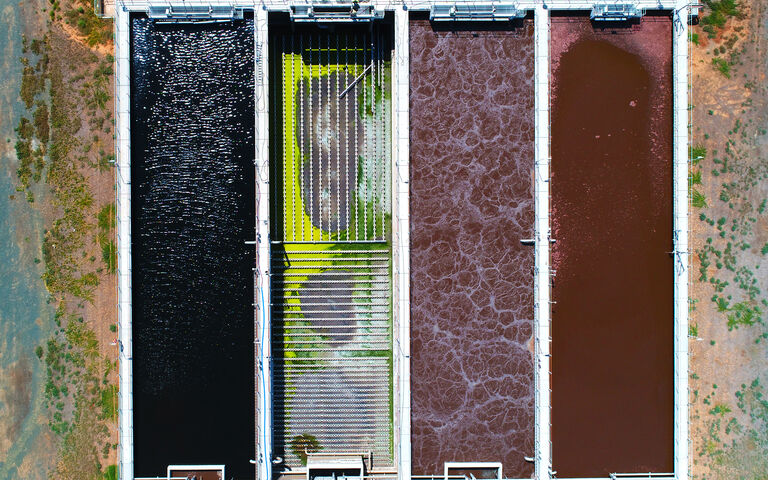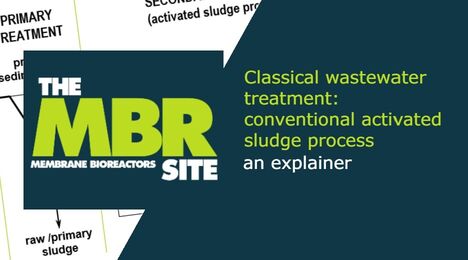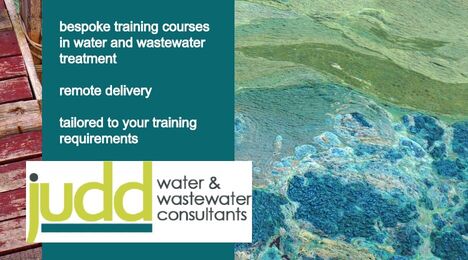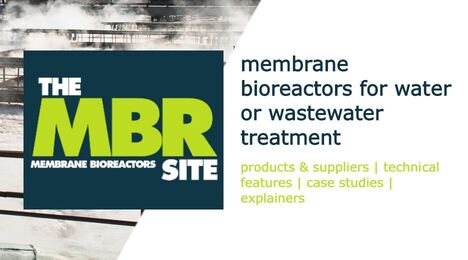Processes
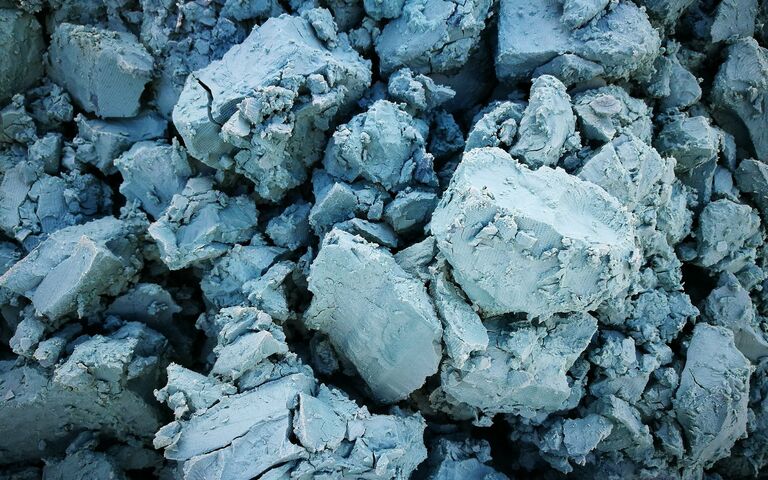
Thickening, dewatering & drying
Thickening and dewatering operations separate water from sludge mechanically. Drying removes water by evaporation, and stabilises the sludge. In all cases a reduction in the sludge volume results, reducing conveyancing costs. Topic overviewExplore Thickening, dewatering & drying…
Conditioning
Conditioning is the pretreatment of sludge upstream of thickening and dewatering to promote solid-liquid separation
Thickening
Thickening processes concentrate the sludge by removing part of the free water, such that the product can still be pumped
Dewatering
Dewatering processes mechanically remove a significant proportion of the sludge water to produce a 15-45% cake product
Drying
In sludge drying the sludge moisture is removed as water vapour by heating, generating a pelleted or powdered product
-
Conditioning
Conditioning is the pretreatment of sludge upstream of thickening and dewatering to promote solid-liquid separation
-
Thickening
Thickening processes concentrate the sludge by removing part of the free water, such that the product can still be pumped
-
Dewatering
Dewatering processes mechanically remove a significant proportion of the sludge water to produce a 15-45% cake product
-
Drying
In sludge drying the sludge moisture is removed as water vapour by heating, generating a pelleted or powdered product
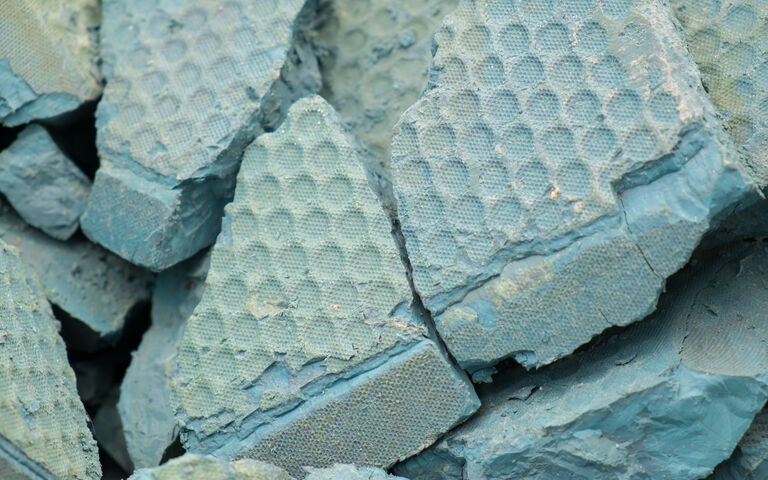
Sludge stabilisation
Sludge stabilisation − alkaline stabilisation, lime and solids dosing, as well as anaerobic and aerobic digestion. Topic overviewExplore Sludge stabilisation…
Alkaline stabilisation
Alkaline stabilisation reduces the sludge odour, putrescence and pathogenic organism content by raising its pH using lime
Anaerobic digestion
AD stabilises the sludge biologically in the absence of air, producing a useful biogas while biodegrading the organic solids
Aerobic digestion
Aerobic digestion is the degradation of the organic sludge solids to carbon dioxide in the presence of oxygen
-
Alkaline stabilisation
Alkaline stabilisation reduces the sludge odour, putrescence and pathogenic organism content by raising its pH using lime
-
Anaerobic digestion
AD stabilises the sludge biologically in the absence of air, producing a useful biogas while biodegrading the organic solids
-
Aerobic digestion
Aerobic digestion is the degradation of the organic sludge solids to carbon dioxide in the presence of oxygen
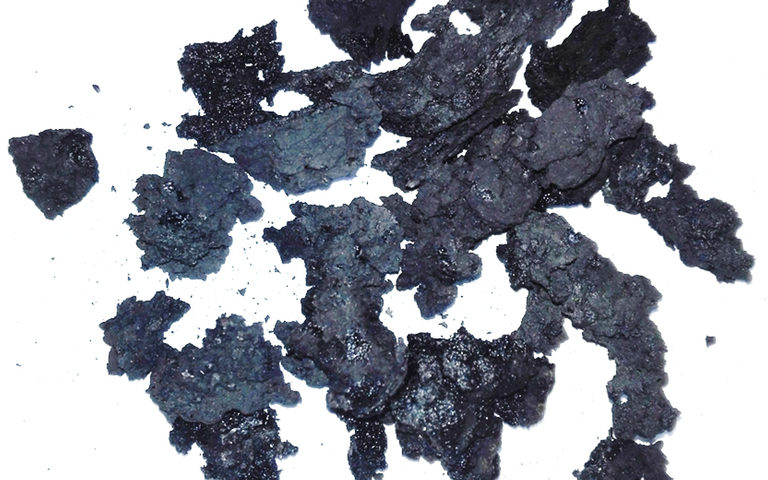
Thermochemical processes
Thermochemical methods are used for either significantly reducing the sludge solids content, or pre-treating sludge upstream of anaerobic digestion to increase the biodegradability of the organic carbon. They can be either oxidative or non-oxidative. Topic overviewExplore Thermochemical processes…
Thermal destruction - oxidative
Oxidative methods for sludge thermal treatment comprise incineration, wet air oxidation and supercritical water oxidation
Thermal destruction - non-oxidative
Non-oxidative thermochemical treatment of sewage sludge refers to treatment at elevated temperatures in the absence of oxygen
-
Thermal destruction - oxidative
Oxidative methods for sludge thermal treatment comprise incineration, wet air oxidation and supercritical water oxidation
-
Thermal destruction - non-oxidative
Non-oxidative thermochemical treatment of sewage sludge refers to treatment at elevated temperatures in the absence of oxygen
